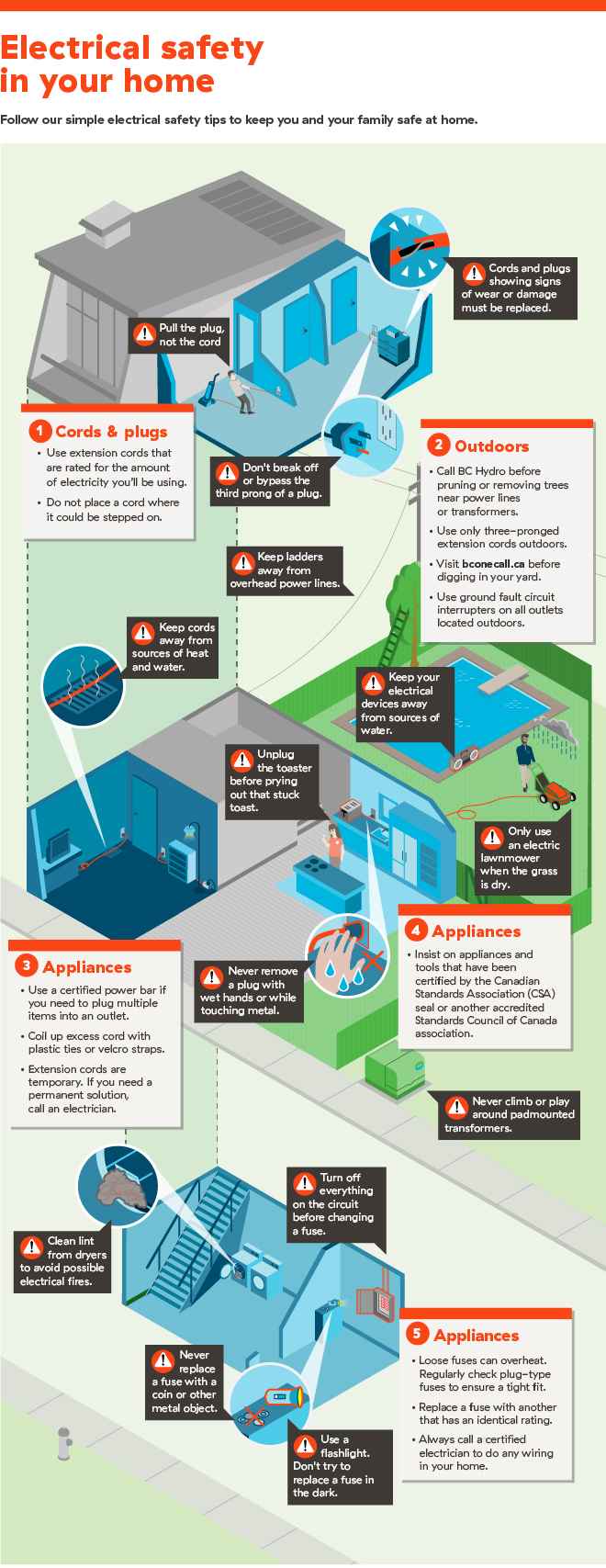Watch For Crucial Indications That Suggest Your Tree Could Present A Threat; Understanding These Can Safeguard Your Home And Family.What Should You Check Next?
Watch For Crucial Indications That Suggest Your Tree Could Present A Threat; Understanding These Can Safeguard Your Home And Family.What Should You Check Next?
Blog Article
Produced By-Harrell Emerson
When it comes to tree care, identifying the indications that it's time for elimination is essential for your safety and residential or commercial property. You might notice stained fallen leaves, wilting branches, or strange fungal growths showing illness. Architectural issues, like a significant lean or splits in the trunk, can additionally position risks. Understanding these warning signs can aid you make notified decisions regarding your trees and prevent potential threats hiding in your yard. What should you seek following?
Indicators of Degeneration and Disease
When you notice signs of decay and disease in your trees, it's essential to act quickly. Look for discolored leaves, wilting branches, or unusual growths like fungus. These can show that your tree is battling.
If you see splits in the bark or soft, mushy wood, these symptoms recommend inner decay. Furthermore, an unexpected boost in insects around your tree can signify that it's damaged and prone.
Check for visit the up coming article of dead or dying limbs, as they position a threat to your home and safety. If you're uncertain concerning what you see, getting in touch with an arborist can provide clearness.
Dealing with Tree Trimming Rope can save you from extra extensive damages and guarantee the health and wellness of your yard. Don't wait till it's too late.
Structural Instability and Leaning
As you observe your trees, keep an eye out for any indications of structural instability or leaning. If a tree leans considerably, it may indicate that the root system is jeopardized.
Seek any cracks in the trunk or dirt around the base; these can signal potential failing. Additionally, check for uncommon growth patterns, like a lopsided crown, which might recommend that the tree is battling to hold itself upright.
If you see that the tree leans toward your home, high-voltage line, or other frameworks, it positions a higher risk. Don't disregard these signs-- get in touch with an arborist to evaluate the circumstance.
Doing something about it early can avoid pricey damage and guarantee your safety.
Dead or Perishing Branches and Vegetation
If you observe dead or passing away branches and vegetation on your tree, it's a clear sign that something's wrong.
These unhealthy locations can indicate underlying issues like illness, bug problems, or environmental tension. When branches lose their leaves or turn brownish, they're no more adding to the tree's wellness. Disregarding Prune Weeping Tree might result in more decrease, making your tree more harmful.
Dead branches can easily break short throughout storms, posturing a threat to building and people close by. It's crucial to assess the extent of the damages.
If the issue influences a significant part of the tree, think about seeking advice from a specialist. They can help identify if removal is needed to make certain security and keep the beauty of your landscape.
Conclusion
If you notice any signs of degeneration, structural instability, or dead branches on your trees, do not overlook them. These indicators can present severe security threats to you and your building. It's always best to get in touch with a specialist arborist that can offer a specialist evaluation of your trees. Acting early can prevent accidents and pricey damages, guaranteeing your landscape stays risk-free and healthy. Keep in mind, it's much better to be positive about tree treatment than to wait for a disaster to occur.
